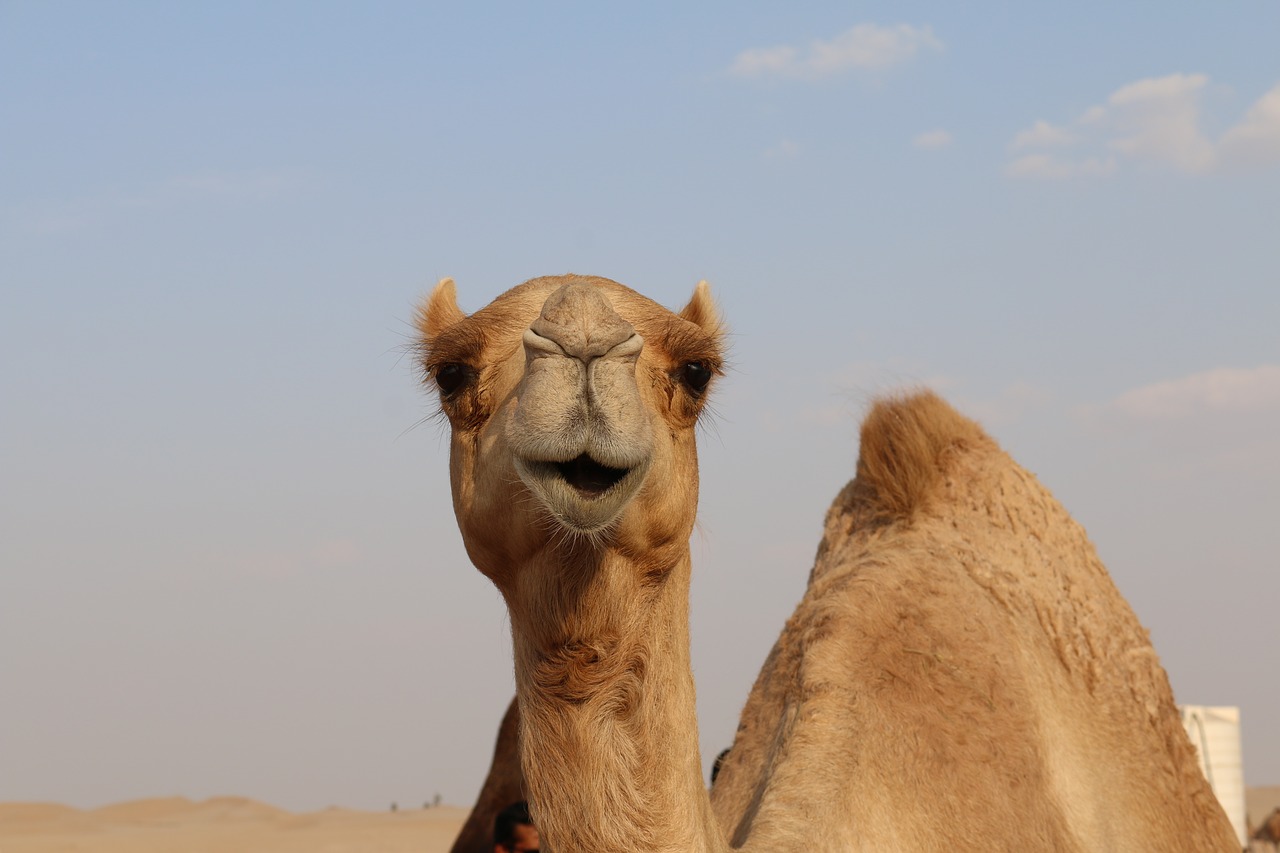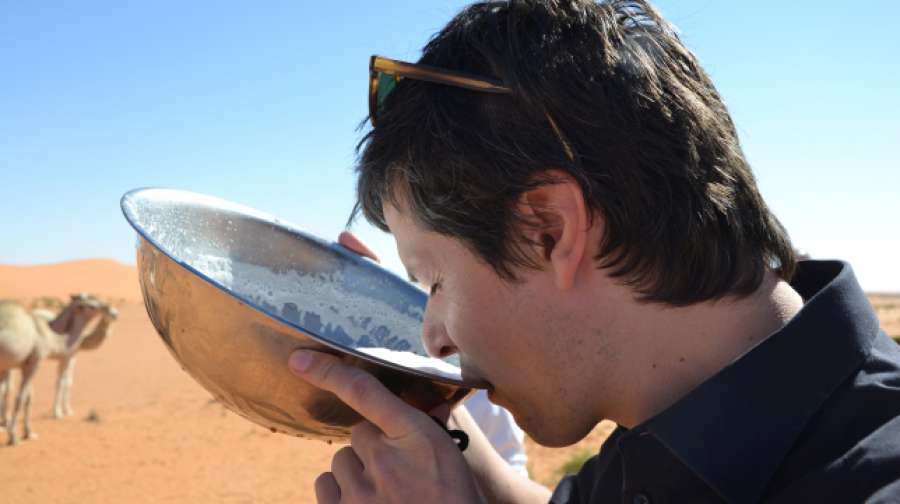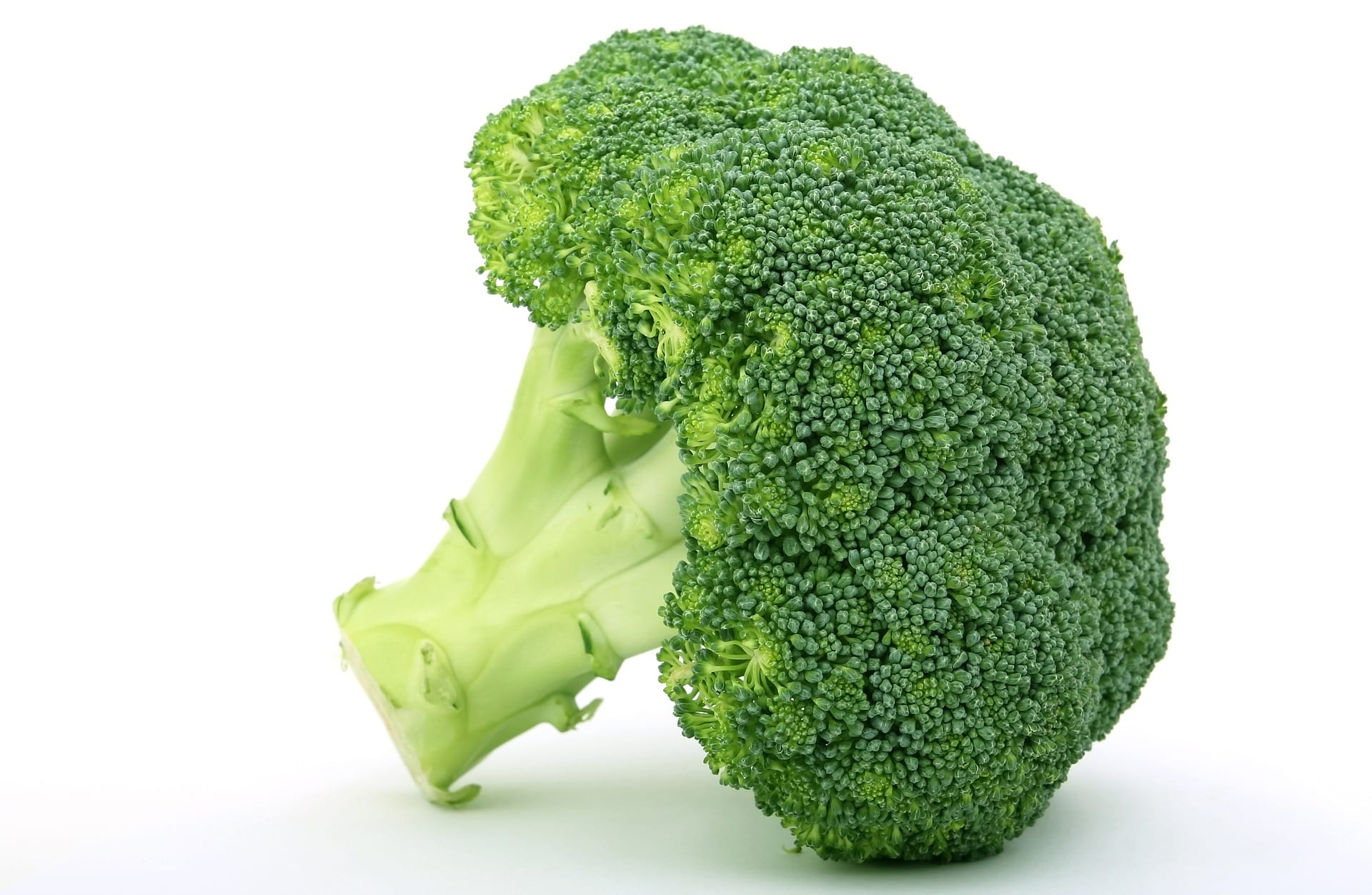El camel cheese It is very typical of the Sahara desert. The surprising thing about this is that it will begin to be manufactured in Fuerteventura in an animal conservation effort. Canary Islands It houses the last specimens of the only camel breed in the European Union. Do you want to discover the elaboration process and benefits of this food? Keep reading.
Pioneers in dairy
All the Canary Islands become pioneers in the world of dairy. The archipelago is already known for its breeding goat and the cheese from these. In fact, the Majorero cheese is considered a true delicacy. So, with the bar already high, comes the camel cheese. Despite the usual results in desert countries, such as Mauritania, is a milestone in Spain. In a few months, the farm in charge will be the first to produce cheese from the only camel breed in the European Union: the canary dromedary.
Of this animal only remain one thousand two hundred copies. It differs from the camel of the Arabian peninsula in that it has one hump and not two. Some of them live in Oasis Wildlife Fuerteventura, a zoo where tourists ride these animals. Among these, the females are the ones chosen by the company Dromemilk Camel Farm. This is ready to launch cheese on the market in a few months along with other dairy products and cosmetics.

To get the camel cheese they had the experience and knowledge of renowned experts. One of them was the doctor Bernard Faye. He is a consultant and the largest international expert in Veterinary Medicine for the Production, Research and Development of Camelids. The other expert is the doctor Guakhar Konuspayeva, scientist, advisor and professor of Biochemistry at the Faculty of Biology of the National University of Kazakhstan Al Farabi.
Two scientists in search of Canarian camel cheese
The task of both consisted of visiting the camel farm of Fuerteventura. They verified the advanced state of the facilities. They also improved nutritional conditions of milk, as well as the dairy management of their livestock. Dr. Bernard Faye is quite optimistic with the development of cheese. During his visit, he highlighted the progress compared to what he made a year ago. Noted improvement in sanitary conditions and animal welfare. Emphasizes them to achieve higher quality products.
On the other hand, the doctor Guakhar Konuspayeva has stated that the taste of this camel milk is "Full and very milky". It stands out that the high quality of the raw material allows the preparation of cheeses with different flavors. To make this cheese, the technology is very classic. Konuspayeva explains that the milk is heated to forty degrees approximately and then the lactic microflora is seeded. This is when they coagulate at a temperature that does not exceed forty-five degrees.
Under these conditions it's like coagulates adequately. The next step is to let the mixture rest and cut it after an hour. This is how the process of mold cheese into a cloth. Once drained, they cut it, weighing it, for approximately three hours. At the end of this process, the whey is pasteurized so that the cheese recovers some of the protein. The result is a fresh camel cheese that is left to rest in a cold chamber before adding salt.

The taste of camel cheese it ends up resembling that of mozzarella. However, the first one is meos creamy. If you grill this cheese in a pan, the chunks will resemble halloumi cheese found on pizzas or toast. The objective of these scientists and that of the production company is for customers to buy it in different formats.
Acquire the camel cheese can bring benefits both the consumer and the environment. To begin with, if we talk about health we must emphasize that camel milk is low in fat (4%). Not to mention that he owns the triple vitamin C than cow's milk. It also contains mineral salts and lactose free. For this last reason it can be interesting for intolerant people. Also, camel milk requires little water compared to cow's milk. Would you like to try this cheese?






